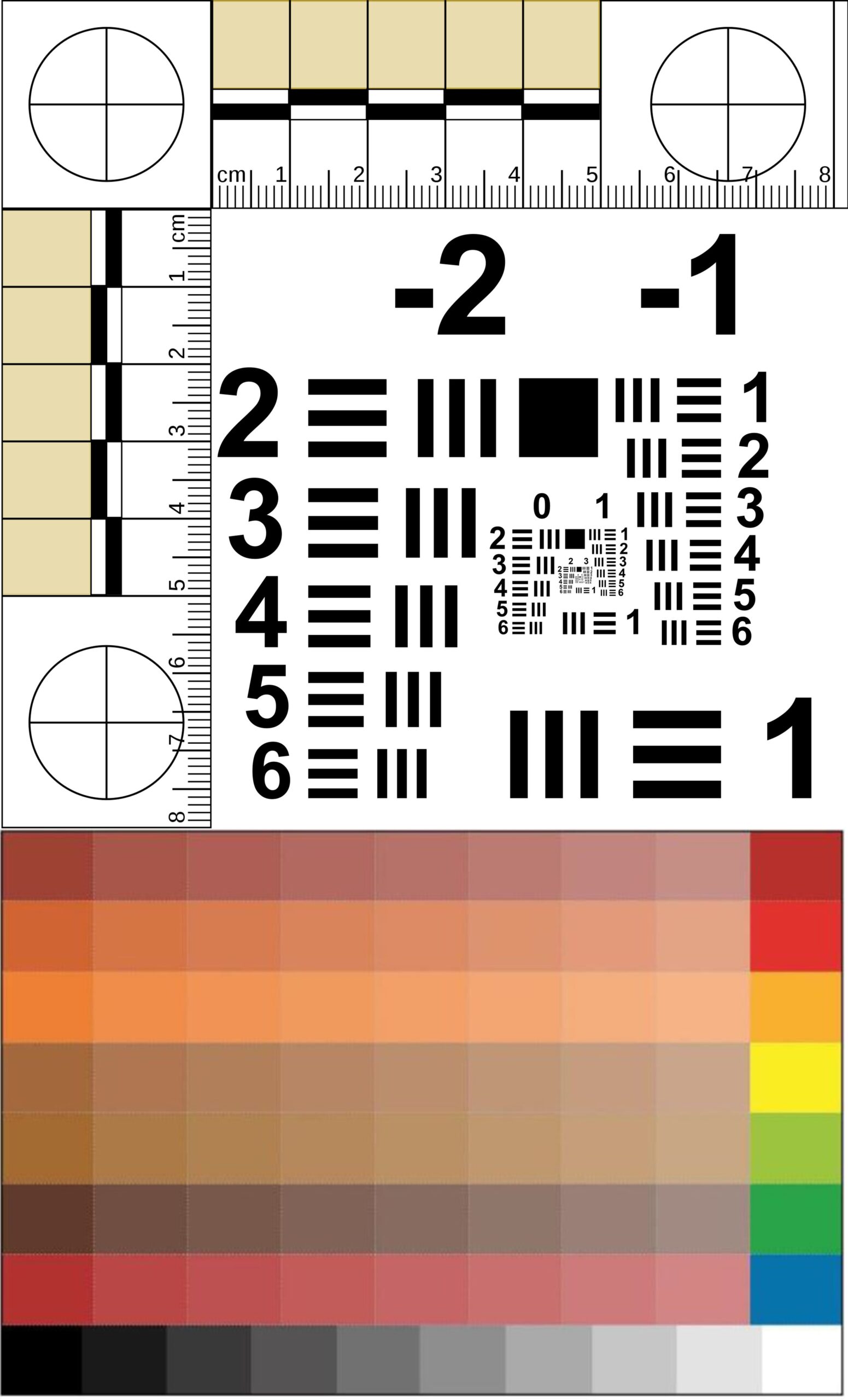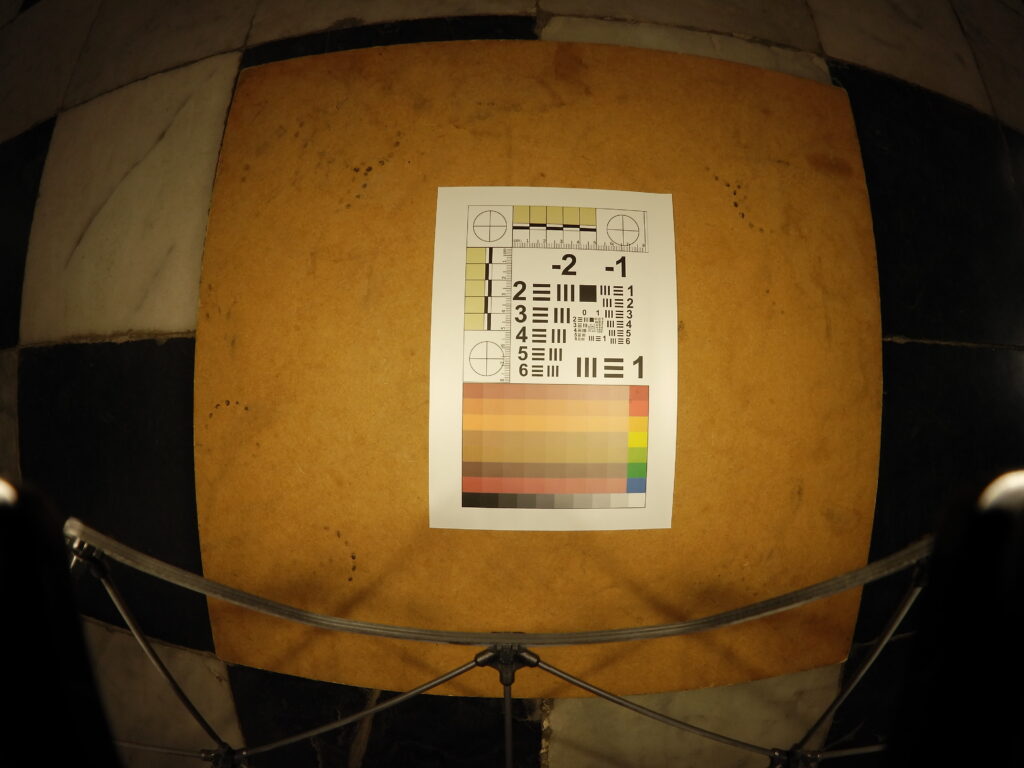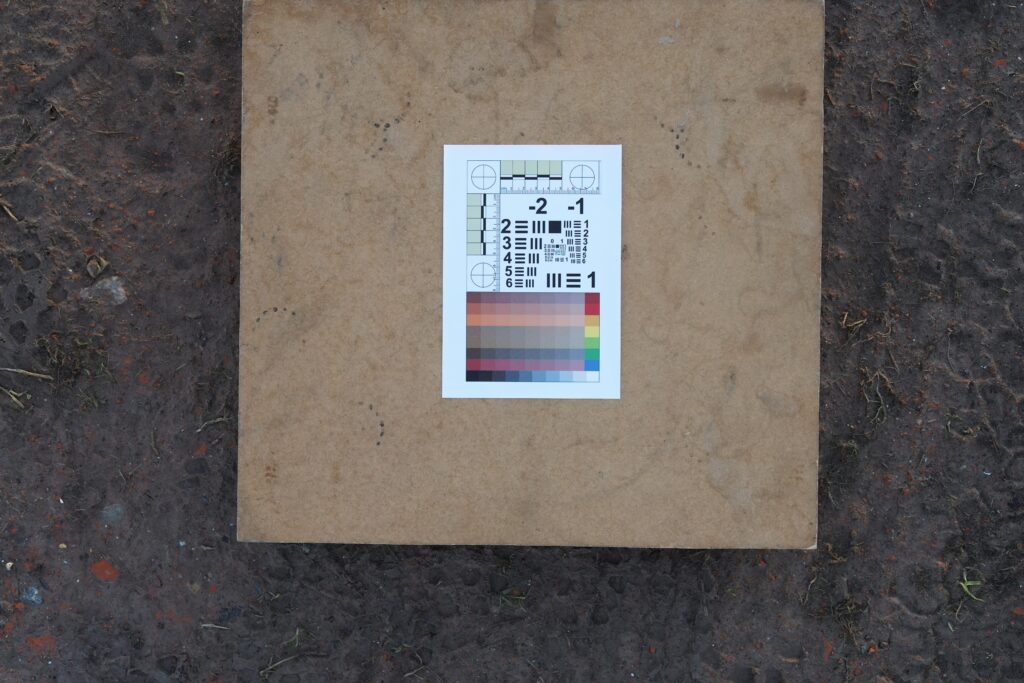Quality of visual information via USAF 1951

Drones are being increasingly utilized for inspections, transportation, and security. They capture large volumes of data and there is a frequent question of whether a drone inspection can be considered equivalent to a visual inspection by the naked eye. A crucial aspect of drone technology is the quality of the visual information they gather and this is where the USAF 1951 resolution test chart comes into play.
What is the USAF 1951 resolution test chart?
The USAF 1951 resolution test chart is a standard test pattern used to measure the resolution of optical systems. Developed by the United States Air Force in 1951, it consists of a series of lines of varying sizes and distances printed on a chart. By identifying the smallest lines that a camera system can distinguish, we can determine the resolution of that system.
The importance of resolution in drone inspections
Drones are equipped with cameras and other sensors that collect visual and other forms of data. The quality of this data is essential for the product delivered to the customer. High resolution means that the drone can capture more detailed and sharper images, which is crucial for accurate analysis and decision-making.

Applications of the USAF 1951 test chart at SkyeBase
Using the USAF 1951 resolution test chart for drones offers several benefits:
- Drone Inspection vs. Manual Inspection: By correlating the expected quality of an inspection by a person with the camera specifications, we know exactly at what distance and with which camera inspections need to be conducted to provide an equivalent inspection.
- Calibration of Camera Systems: Using the resolution test chart, we can calibrate the camera systems of drones to ensure they perform optimally. This is especially important for applications that require high precision, such as infrastructure inspection or scientific research.
- Quality control: When using drones, the test chart can be used as a quality control instrument. By testing the drone camera, inspectors can ensure that each unit meets the necessary specifications and consistently delivers high performance.
- Maintenance and validation: For drones already in use, the test chart can assist with routine maintenance and validation of the cameras. This ensures that the systems remain in top condition and continue to effectively fulfill their intended functions.
Conclusion
The USAF 1951 resolution test chart is a valuable tool in modern technology, even in an era of advanced drone technology. By measuring and optimizing the resolution of drone cameras, we at SkyeBase ensure that we can guarantee the highest precision and reliability with drones for our customers.

Share:
